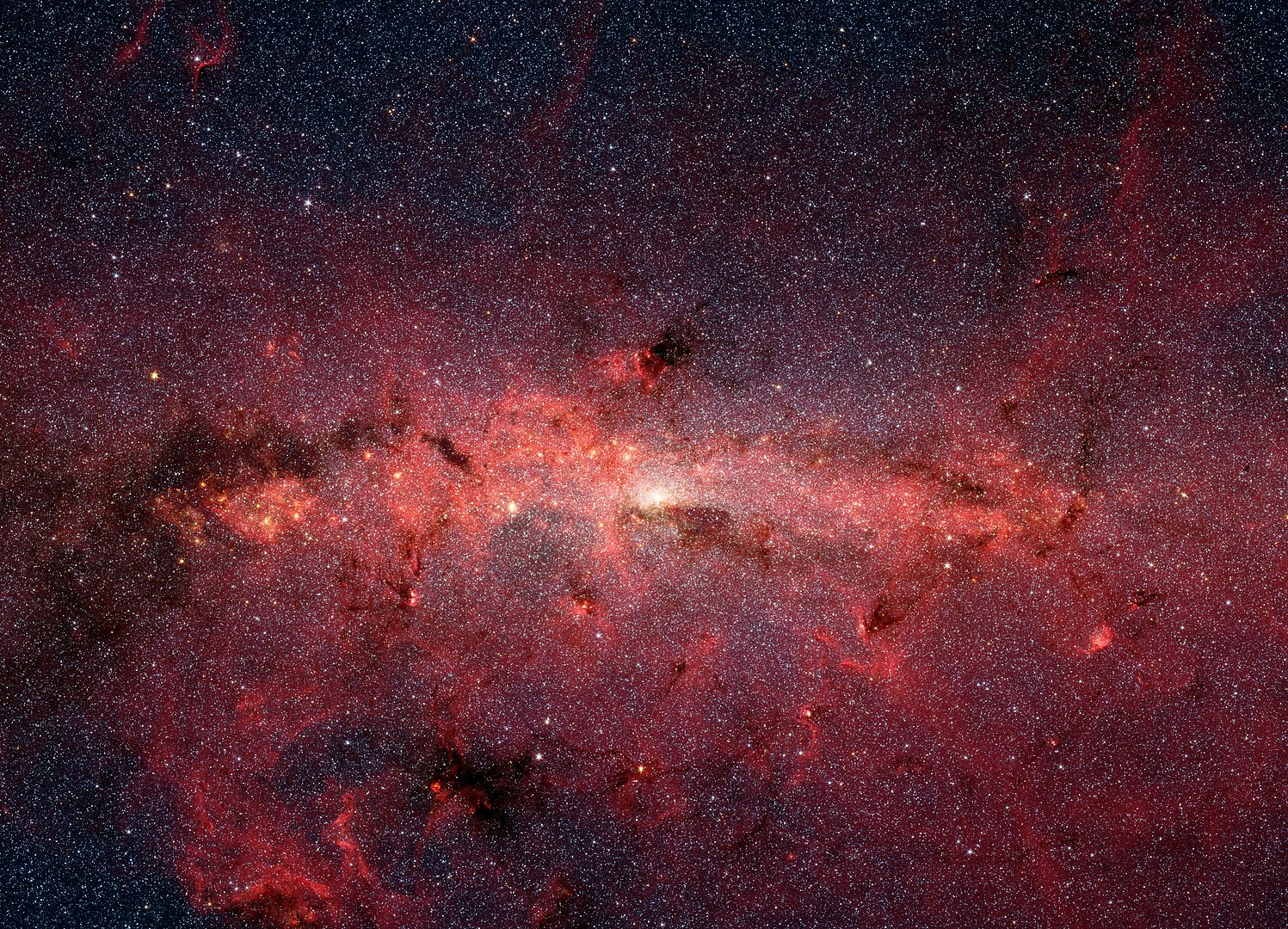When viewed from our planet Earth, stars present a generally uniform white appearance. This visual consistency arises due to the extensive expanses that separate these celestial bodies, leading to subdued levels of luminosity. Consequently, the human eye’s sensitivity to color is relatively limited under these circumstances. Nonetheless, when employing tools such as telescopes or binoculars to explore the celestial expanse, a fascinating revelation unfolds. It becomes apparent that specific stars reveal subtle tinges of red, blue, or yellow hues.
For instance, within the Orion constellation, the prominent star Betelgeuse captures our attention with its distinct reddish shade. Similarly, within the Pleiades star cluster, nestled within the Taurus constellation, a prevailing bluish tint characterizes the appearance of the stars within this captivating group.
A star can be visualized as a gaseous sphere that emits heat, consequently giving rise to the emission of light. Similar to other hot substances, it undergoes the process of radiating light. At the onset of the 20th century, the collaborative efforts of Ejnar Hertzsprung and Henry Norris Russell unveiled a profound correlation between a star’s color and its temperature. Surprisingly, contrary to conventional perception, the most scorching stars exhibit a blue hue, while the coldest ones manifest as red.
This phenomenon can be likened to the behavior of an iron bar: upon heating, it initially assumes a red shade, yet with continued heating over an extended duration, it eventually transitions into a state of whiteness or even blue when molten. Across the vast expanse of the Universe, stars span a temperature spectrum ranging from approximately 3,000 kelvins to 30,000 kelvins.
It is noteworthy that stars don’t emit light confined to a single wavelength. Rather, their emitted light encompasses a diverse array of wavelengths. Consider, for example, white light, which emerges as a composite blend of all the distinct colors within the spectrum. When we observe a star exhibiting a red appearance, this signifies that its emission predominantly focuses on the “peak” of the spectrum associated with the color red.
| Color | Approx. Temperature | Example |
|---|---|---|
| Blue | 25,000K | Spica |
| White | 10,000K | Vega |
| Yellow | 6,000K | Soleil |
| Orange | 4,000K | Aldebaran |
| Red | 3,000K | Betelgeuse |
Spectral Analysis of a Star
Examining a star’s spectrum through spectral analysis yields a trove of valuable details pertaining to its mass, composition, age, and velocity. The proportional elevation of spectral lines, for instance, offers a depiction of the extent of gas ionization within the star. Additionally, the contours of these lines furnish insights into factors such as pressure, electric fields, and turbulence. The intriguing Zeeman effect, which is characterized by a clear splitting of spectral lines, serves as a gauge of the star’s magnetic fields.
Likewise, the spectral shift either towards the red or blue end of the spectrum imparts crucial information regarding the star’s velocity, achieved through the mechanism known as the Doppler effect. This effect stems from the alteration in frequency of light waves, either intensifying or diminishing, contingent upon the observer’s spatial distance in relation to the source of light. This spectral analysis serves as an invaluable tool for unraveling a multitude of characteristics associated with stars.
References
Featured Image: NASA/JPL-Caltech/S. Stolovy (Spitzer Science Center/Caltech)
